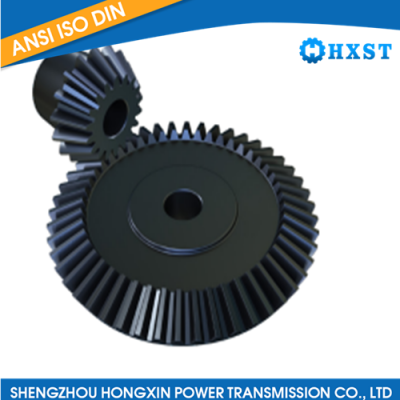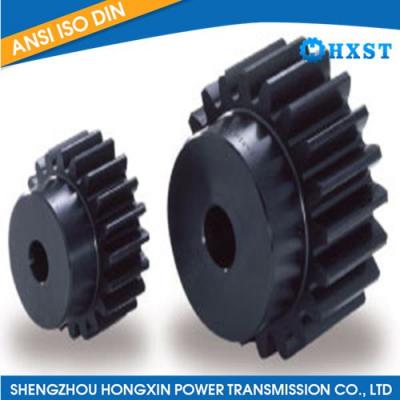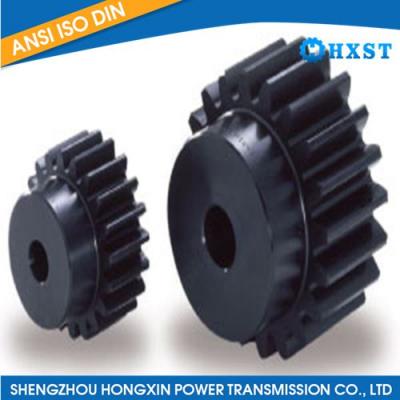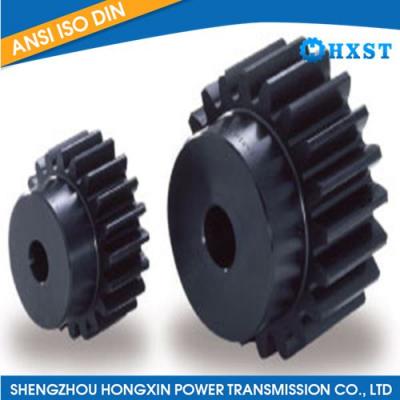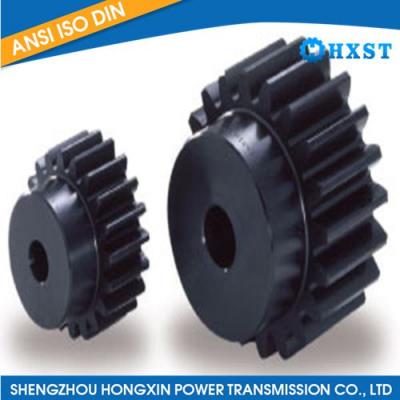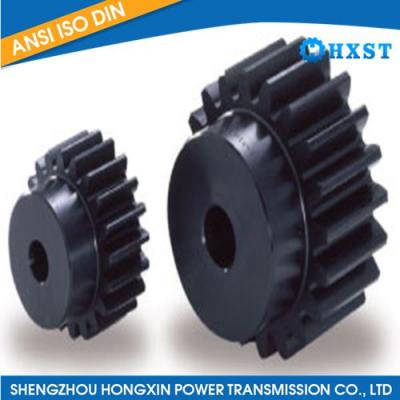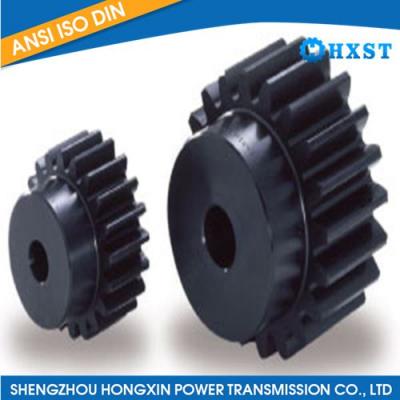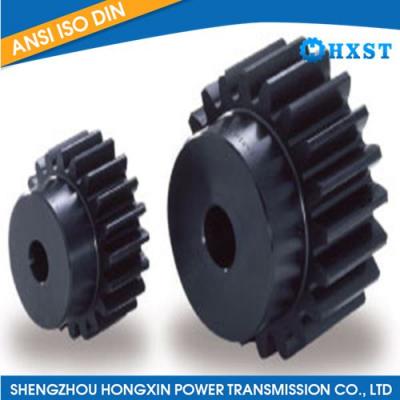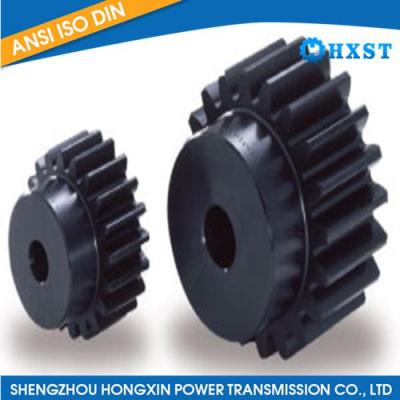 Gear
Gear
Gears are mechanical components with toothed wheels that interlock to transmit power and motion between rotating shafts. Here are some key points about gears:
Types:
Gears come in various types such as spur gears, helical gears, bevel gears, worm gears, rack and pinion gears, planetary gears, etc., each suited for specific applications.
Function:
Gears mesh together to transfer rotational motion and power from one shaft to another, changing speed, torque, and direction in the process.
Applications:
Gears are essential in countless machines and systems, including automobiles, industrial machinery, clocks, bicycles, and more.
Design:
The design of gears includes specifications like pitch diameter, number of teeth, module or diametral pitch, pressure angle, and profile to ensure proper meshing and function.
Efficiency:
Properly designed and maintained gears offer high efficiency in power transmission with minimal energy loss due to friction.
Maintenance:
Regular lubrication, inspection for wear, and proper alignment are crucial for maintaining gear performance and longevity.
Understanding the type, function, design considerations, and maintenance requirements of gears is essential for ensuring optimal performance and reliability in mechanical systems that rely on gear mechanisms.
